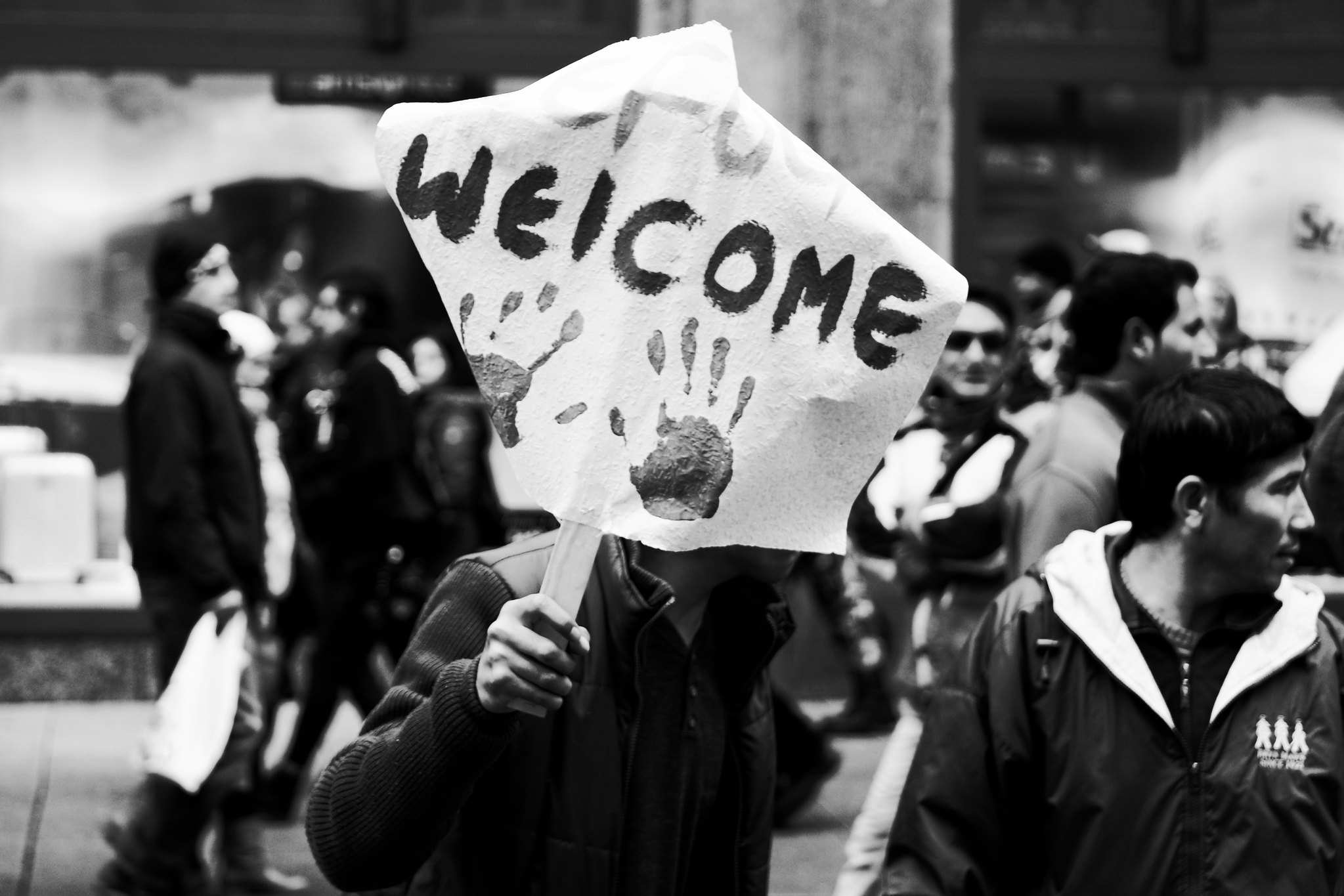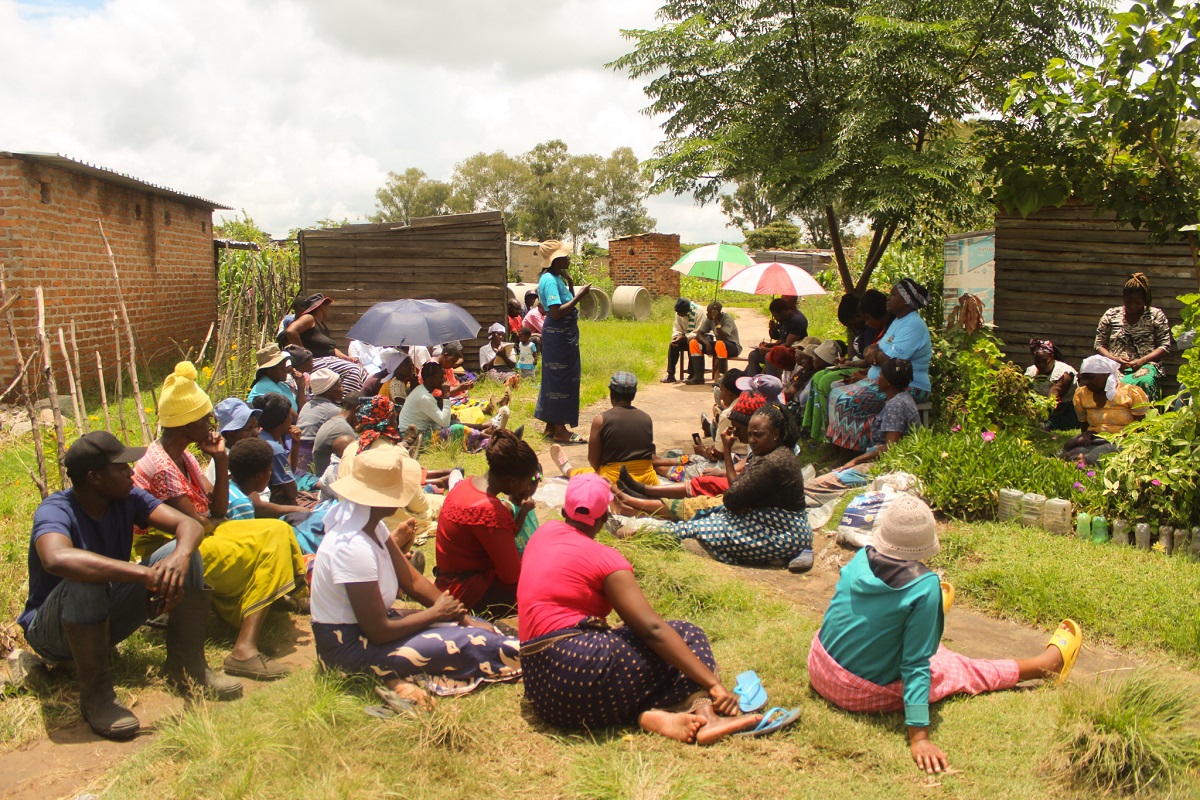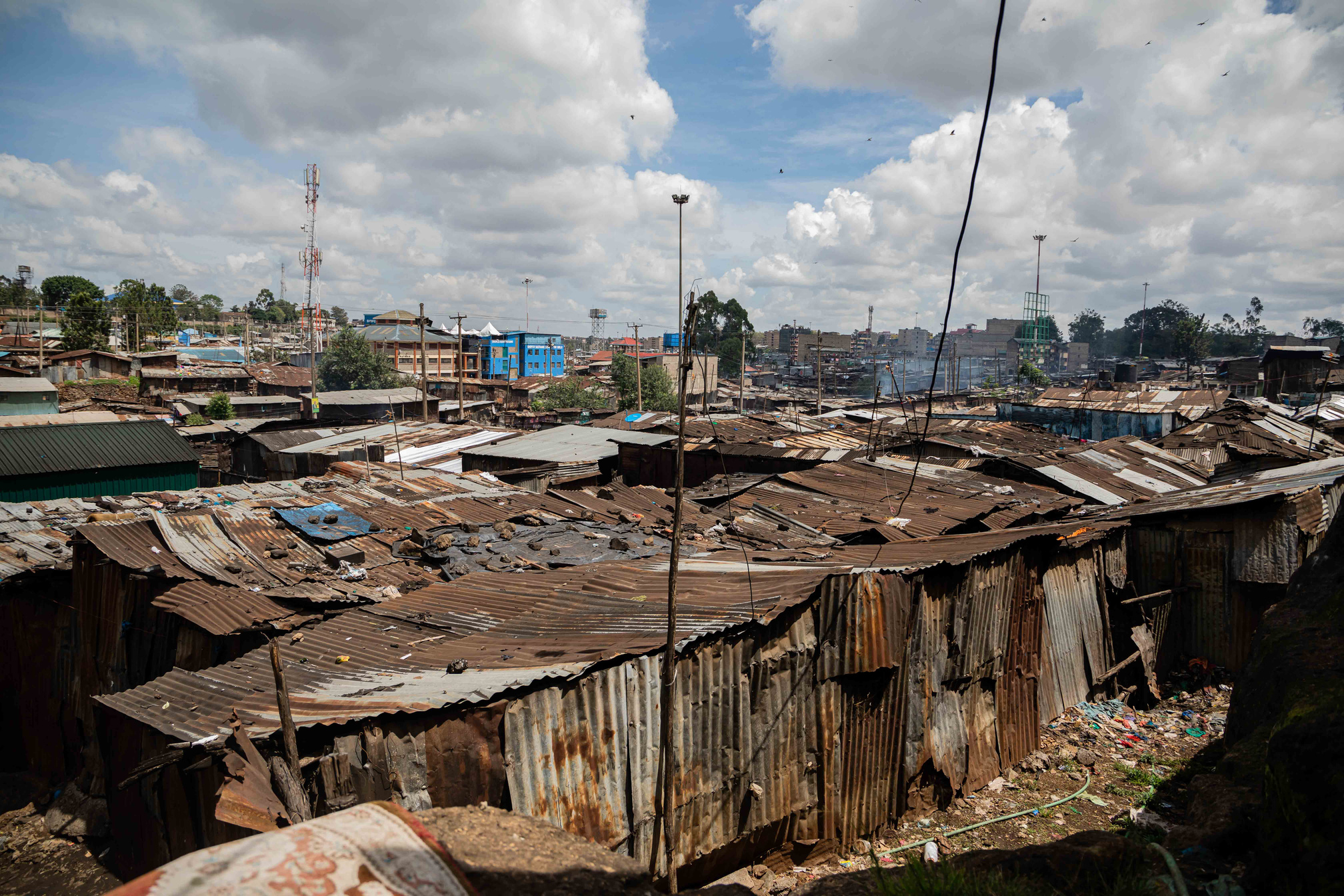The impact of the Covid-19 pandemic and the response and mitigation efforts taken to contain the virus for forcibly displaced persons (who include refugees, internally displaced persons and asylum seekers) extends beyond its health impacts and includes serious socioeconomic and protection impacts. An already difficult situation has been made worse for many forcibly displaced persons by the pandemic, which has magnified the inequalities they face and compounded their risks.
A recent rapid review was commissioned by the Covid Collective to focus on the available evidence (March 2020-June 2021) of the socioeconomic impacts of the ongoing pandemic on forcibly displaced persons. Presented here are a snapshot of some of the review’s findings, the impacts of which are still felt by forcibly displaced persons today.
Loss of jobs and livelihoods
Even before the pandemic, forcibly displaced persons were at an economic disadvantage. If they could find work at all, it was often in the informal sector, which was severely impacted by the measures taken to combat the spread of the virus. As a result, many lost their jobs or income, pushing them further into poverty. Evidence from around the world found that refugees were more likely to lose their jobs or income than the host community and women were more likely to lose their jobs or income than men.
Inability to meet basic needs
Forcibly displaced persons were unable to meet basic needs and afford to cover expenses such as food, health care, rent and education, which resulted in increased tensions and stress within households.
Increased food insecurity
Lost income and livelihoods, increased food and transport costs, and food shortages meant that food insecurity was a major concern for forcibly displaced persons. This was described as especially concerning for displaced women and children as they were often responsible for finding food, so the stress fell on them. Additionally, they were often seen as being a lower priority when scarce food was shared out.
Increased negative coping mechanisms
Forcibly displaced persons had few options in response to crises. They coped with their loss of income by reducing food consumption or eating less nutritious food (which is often more expensive), borrowing money, reducing spending on other household essentials, using up savings and/or selling of assets, and being forced to accept work (including sex work) under exploitative conditions. Particularly concerning were rises in child labour and child marriage as ways for families to deal with Covid’s economic pressures.
Lack of inclusion in social protection and reduced humanitarian aid
Forcibly displaced persons generally weren’t included in government social protection systems and responses to the pandemic, while humanitarian and development actors struggled to provide aid as a result of decreased funding, travel bans, local lockdowns and staff illness during the pandemic. Consequently, the provision of social protection and humanitarian aid for forcibly displaced persons during the pandemic was limited and inconsistent. Often, they received less than they had previously and not enough to meet their basic needs. Urban refugees were found to be less likely to get assistance than those in camps or settlements as assistance was generally focused on camps and settlements.
Reduced access to education
Forcibly displaced children struggled to access education because of widespread school closures and difficulties with home schooling. Economic pressures meant that families were less likely to send their children back to school when schools reopened, with girls particularly at risk of not attending any more.
Increased gender-based violence
Forcibly displaced women and girls’ risk of gender-based violence increased because of lockdown measures and confinement, as well as heightened socioeconomic pressures and tensions within households, and school closures. They were reluctant to access gender-based violence services, especially if they are undocumented, due to fear of retaliation, stigma, detention and possible deportation if such services are not firewalled. Access to sexual and reproductive health services was also a struggle for forcibly displaced women and girls during the pandemic.
Increased xenophobia and discrimination
Across the world, forcibly displaced persons reported increased stigma, discrimination and xenophobia during the pandemic, especially for those with insecure status. This was in part due to discriminatory responses that single them out or political rhetoric blaming forcibly displaced persons as a threat and carriers of the virus.
Reduced social cohesion
Tensions between displaced populations and host communities in some countries increased due to fear of Covid-19, its increasing socioeconomic impacts and increased competition for resources, sometimes tapping into existing tensions between them. Pandemic restrictions also resulted in less everyday contact between refugees and host communities.
Reduced access to documentation
The pandemic created new or additional challenges in accessing registration and civil documentation, which had knock-on effects on access to essential services and legal rights to stay for forcibly displaced persons.


